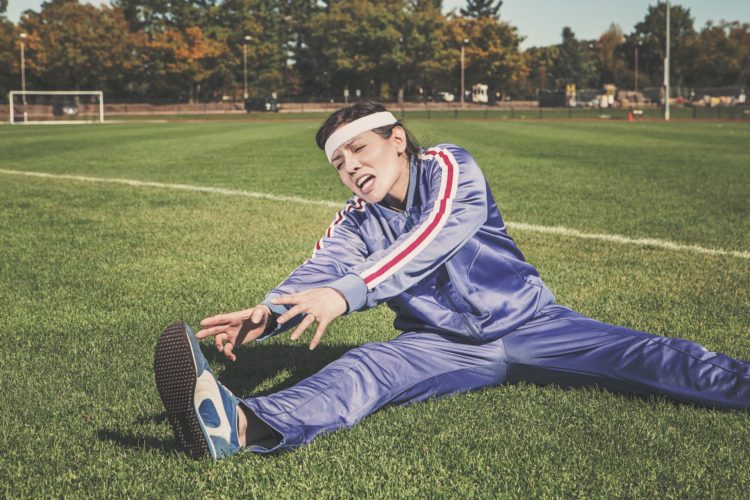Information on the most common types of stretching, and figuring out which type of stretch is most suitable for you.
At one time or another we have all seen athletes stretching, whether it is our children preparing for a race in track and field, or a running group warming up or cooling down from that jog around the reservoir.
Despite this, chances are we don’t stretch frequently enough ourselves, despite stretching being natural and instinctive. You see proof of this when we have an irritated muscle and stretch attempting to relieve the discomfort. Many of us have jobs that require us to sit at our desks for long amounts of time, and then we tend to exercise in intense short spurts.
This means we should be stretching more frequently to help our muscles recover from intense exercise. What might be holding you back from stretching more is knowing what types of stretching is best for you and how to do them properly.
What types of stretches are there?
There are two popular forms of stretching called Ballistic, and Static. Ballistic- as the name somewhat implies- is a more forceful, rapid intermittent approach that is done by quick movements through the entire range of motion of the joint creating momentum and a stretch. Another common type of stretch is called Static. Static stretching is a process in where the muscle is elongated just past the comfortable point of tissue resistance and held for a length of time.
Ballistic Stretching
This type of stretching is great because it goes through the whole range of motion of the joint and that can prevent future stiffness or mobility limitations. It also is an easy warm up depending on what activity you are about to engage in.
Because of the full range of motion you go through, all muscles that are being stretched are also activated to do the stretch as you are creating motion as well as stretch. The intensity of this type of stretching makes it most suitable for the young and healthy population.
It is strongly discouraged for the elderly or physically compromised whether that is due to a sedentary lifestyle or a chronic condition because of the intensity of the stretch. While Ballistic stretching you gain momentum with every full range of motion, and if your joints are not stable, ones such as the shoulder joint can be vulnerable to injury. A negative possibility if you do have health limitations is that your muscle tissue could tear because of the force created by the speed of the stretch.
Static Stretching
This is one of the most common and recommended types of stretching because it is quite safe and has a very little possibility of creating injury.
This type of stretch is safe for everyone because it works with your body. Studies have shown that tension created by ballistic is double the tension created by static stretching, which if you have an injury, tension could make or break a fast recovery time.
A popular place to find this type of stretching would be basic yoga. When the poses are held or moved through, it is to stretch but only to the point of mild discomfort while being mindful to not push past that position.
The main negative point about this stretch is it can be time consuming as it is more about doing what you can and patiently waiting for the muscle to relax and stretch further.
When it comes to stretching do what feels right to your body, and be mindful to the possibility of injury, and keep in mind the great benefits such as increased circulation and preventative for muscle tightness and fatigue.
For more information please contact Fish Creek Chiropractic at 403 271 7224.



0 Comments